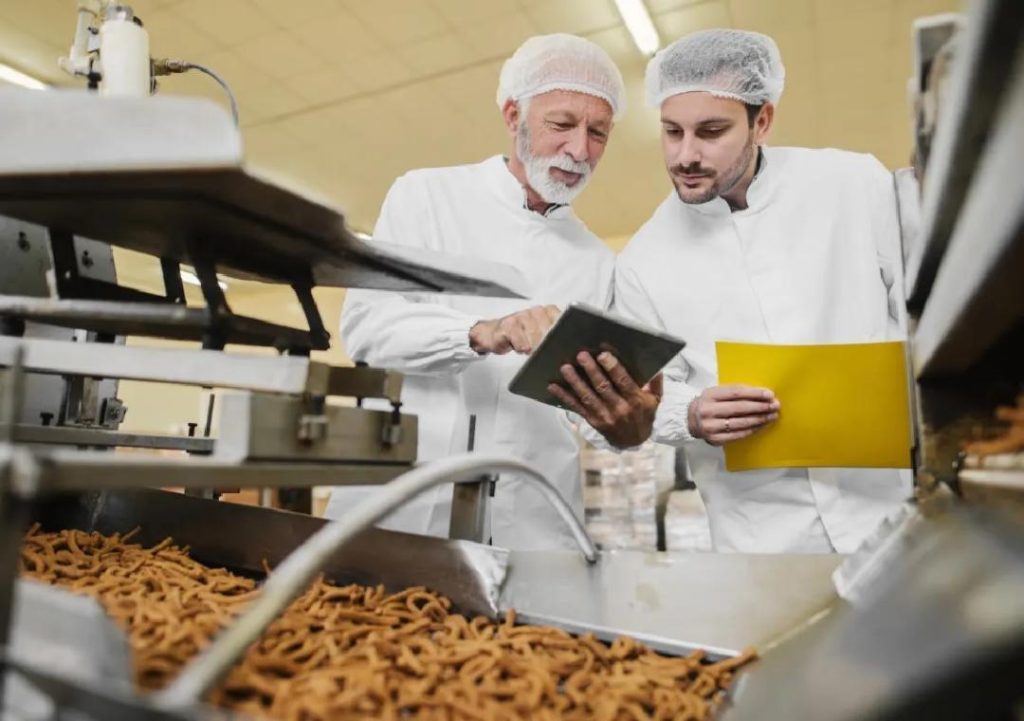
Can P&L Optimisation Redefine Success in Food Technology?
The food technology industry is one of the most dynamic and competitive sectors globally, with companies constantly seeking innovative ways to stay ahead of the curve. In recent years, a growing number of food tech businesses have turned to profit and loss (P&L) optimisation as a key strategy for driving success. By streamlining P&L operations, companies are able to reduce waste, improve demand forecasting, and make better-informed decisions.
In this blog post, we’ll explore the role of P&L optimisation in food technology and how it’s helping companies redefine what it means to be successful in this industry.
The Challenges of Food Tech
The food technology industry is a complex and fragmented space, with companies facing a range of challenges from production to distribution. One of the most significant hurdles is the need to balance supply and demand, which can be a daunting task, especially for companies with limited resources.
Food tech companies often struggle to manage inventory levels, leading to waste, spoilage, and lost revenue. This can be due to a lack of visibility into production and supply chain operations, making it difficult to predict demand and adjust production accordingly.
Another significant challenge faced by food tech companies is the need to stay competitive in a rapidly changing market. With new companies and products emerging all the time, food tech businesses must continually innovate and adapt to stay ahead of the competition.
P&L Optimisation to the Rescue
In response to these challenges, food tech companies are turning to P&L optimisation as a way to improve profitability and drive success. P&L optimisation involves streamlining P&L operations by automating processes, leveraging data analytics, and implementing smart inventory systems.
By automating P&L operations, food tech companies can eliminate manual errors, reduce processing time, and improve data accuracy. This allows them to make better-informed decisions and respond quickly to changes in the market.
Data analytics plays a crucial role in P&L optimisation, providing companies with valuable insights into production and supply chain operations. By analysing data on demand, production, and inventory levels, food tech companies can identify areas for improvement and make data-driven decisions.
Smart inventory systems are another key component of P&L optimisation. These systems use data analytics and machine learning algorithms to predict demand and optimize inventory levels. By reducing inventory waste and excess, food tech companies can improve profitability and reduce waste.
The Benefits of P&L Optimisation
So, what are the benefits of P&L optimisation for food tech companies? By streamlining P&L operations, companies can:
- Reduce waste and improve profitability: By automating P&L operations and implementing smart inventory systems, food tech companies can reduce waste and improve profitability.
- Improve demand forecasting: Data analytics provides valuable insights into demand trends, allowing companies to adjust production accordingly.
- Support better decision-making: With real-time data and automation, food tech companies can make better-informed decisions and respond quickly to changes in the market.
- Stay competitive: By improving profitability and reducing waste, food tech companies can stay competitive in a rapidly changing market.
Real-World Examples
Several food tech companies have already seen significant benefits from P&L optimisation. For example, a leading food processor used automation and data analytics to reduce production costs by 15%. Another company implemented a smart inventory system and reduced inventory waste by 20%.
Scalable Models for Success
P&L optimisation is not just about reducing waste and improving profitability – it’s also about building scalable models for success. By streamlining P&L operations, food tech companies can create sustainable business models that support long-term growth and profitability.
Scalable models for success involve building robust P&L operations, leveraging data analytics, and implementing smart inventory systems. By adopting these models, food tech companies can:
- Improve profitability: Scalable models for success improve profitability by reducing waste and improving demand forecasting.
- Support sustainable growth: By building robust P&L operations, food tech companies can support sustainable growth and reduce the risk of financial instability.
- Stay competitive: Scalable models for success allow food tech companies to stay competitive and respond quickly to changes in the market.
Conclusion
In conclusion, P&L optimisation is a key strategy for food tech companies looking to redefine success in this industry. By streamlining P&L operations, companies can reduce waste, improve demand forecasting, and make better-informed decisions.
As the food technology industry continues to evolve, P&L optimisation will play an increasingly important role in driving success. By adopting scalable models for success, food tech companies can improve profitability, support sustainable growth, and stay competitive in a rapidly changing market.
Sources:
https://www.growthjockey.com/blogs/p-and-l-operations-in-food-tech






